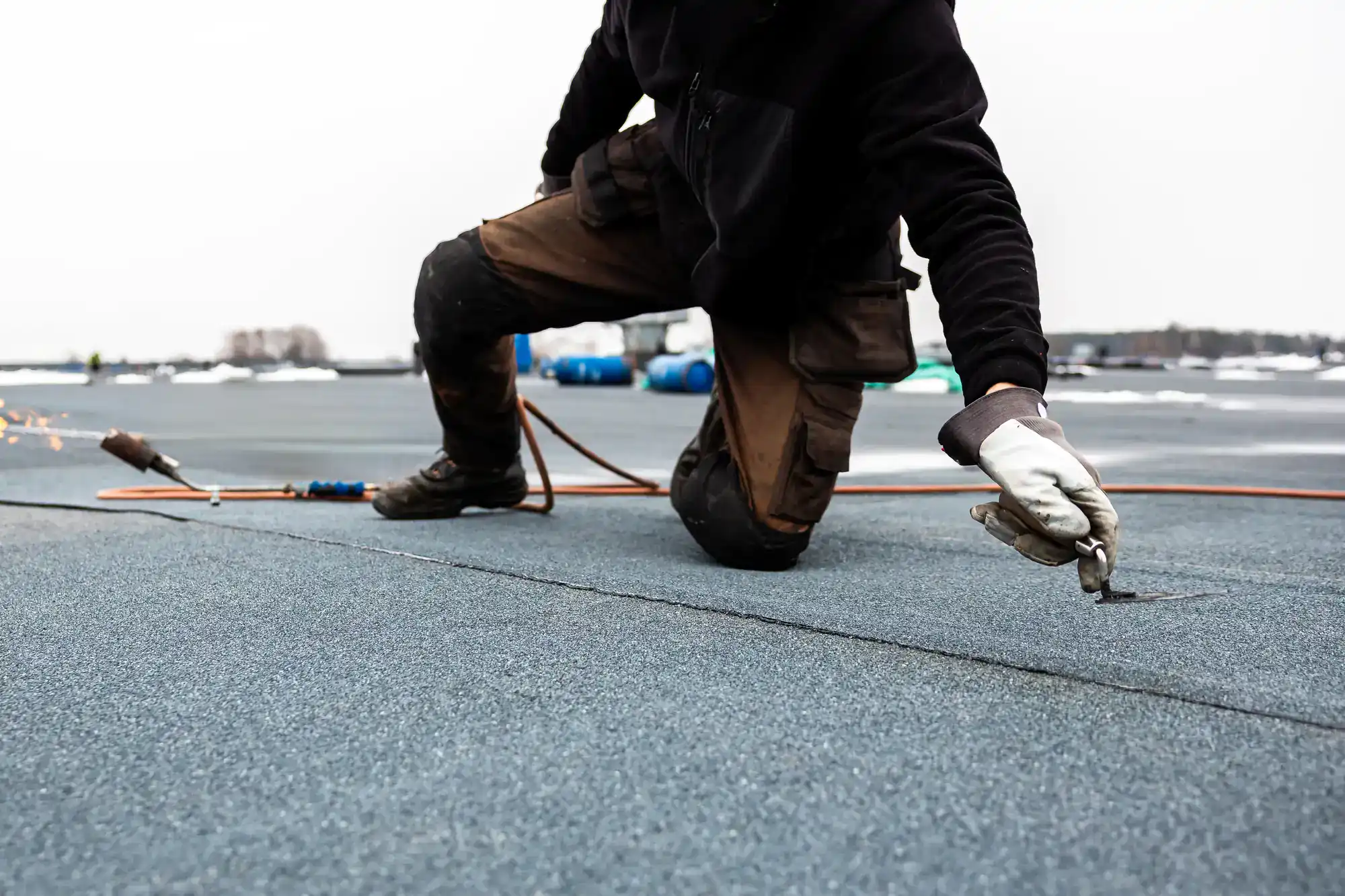
Hear from Our Customers
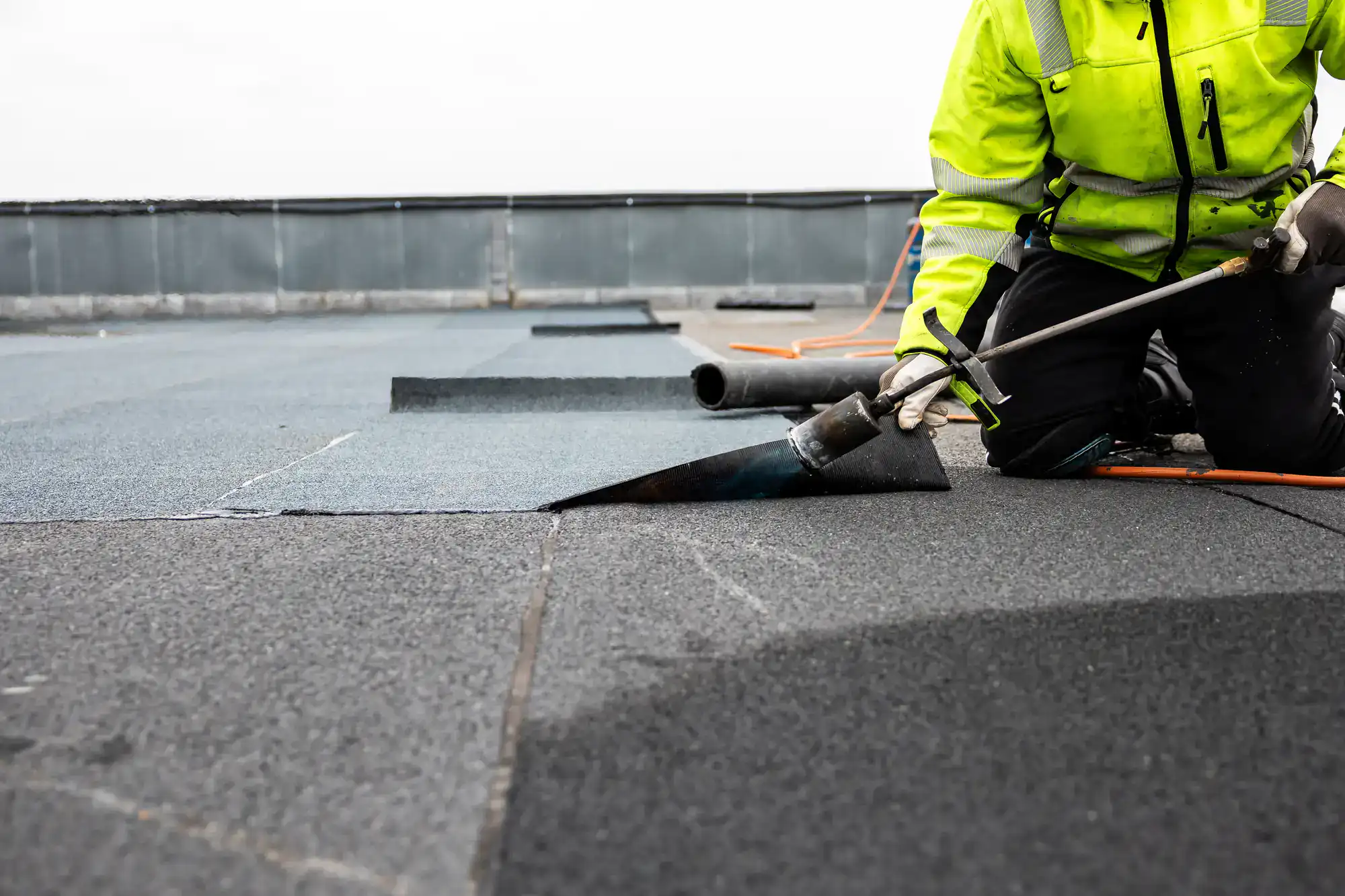
Your flat roof becomes what it should have been from day one—completely watertight, energy efficient, and built to handle whatever Long Island weather throws at it. No more buckets catching drips during storms. No more wondering if that stain on your ceiling is getting bigger.
You get a roof system designed specifically for our climate. TPO membranes that flex with temperature changes without cracking. EPDM rubber that stays flexible even in freezing weather. Modified bitumen that can actually handle foot traffic when your HVAC guy needs to service equipment.
Most importantly, you get proper drainage and flashing—the two things that determine whether your flat roof lasts 15 years or needs repairs every other year. Because when water has nowhere to go, it finds a way in.
Twenty-plus years of flat roofing in Nassau and Suffolk County has taught us things you can’t learn from a manual. Like how Long Island’s freeze-thaw cycles destroy improperly installed seams. How coastal humidity affects different membrane materials. Why some flat roofs in Hagerman leak after every storm while others stay bone dry for decades.
We’re the company other contractors call when they’re in over their head with a flat roof problem. Fully licensed, bonded, and insured because this isn’t hobby work—it’s your building’s protection system.
When your neighbors ask who finally fixed that leak you’d been dealing with for months, you’ll have our name to give them.
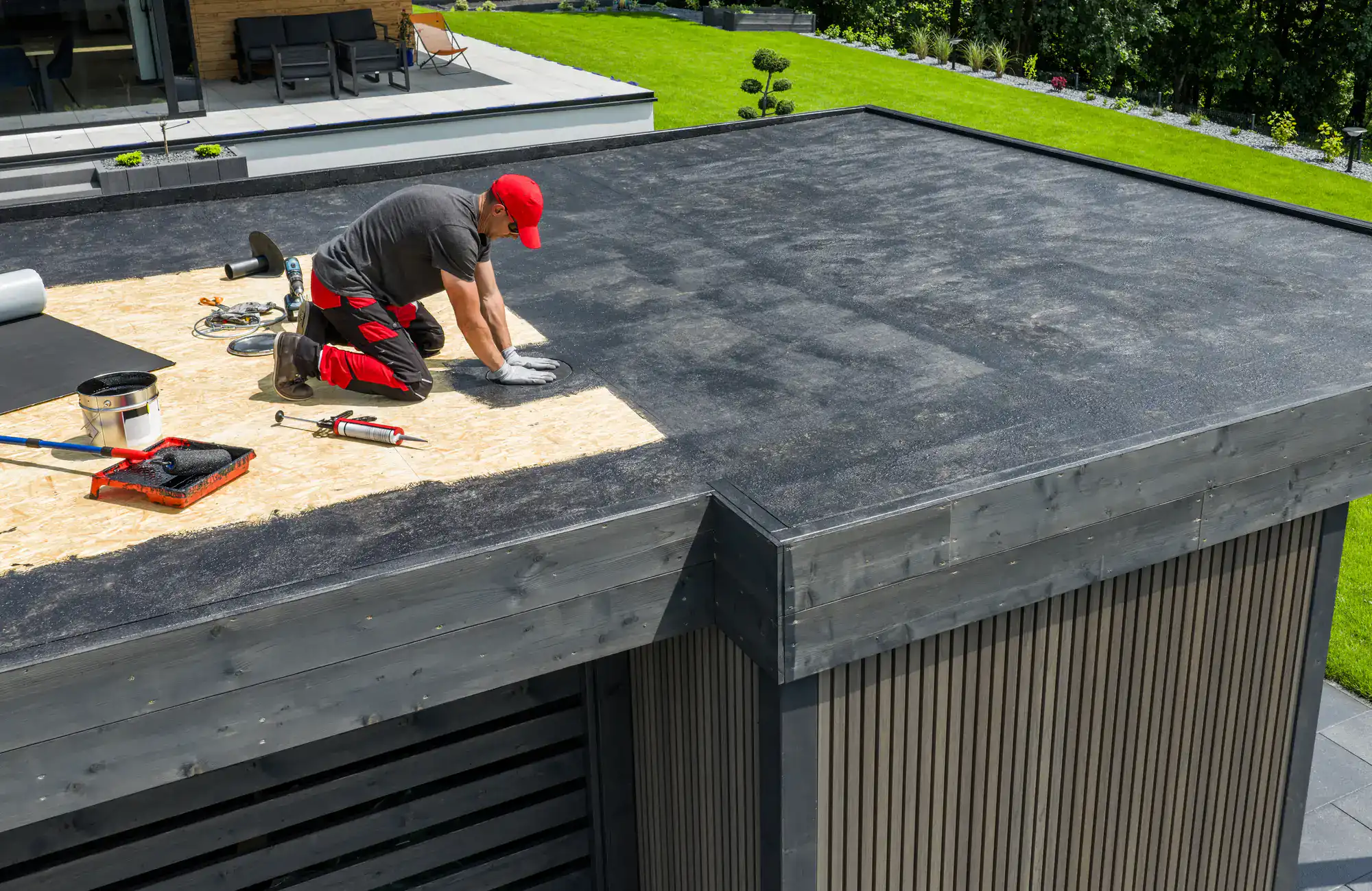
First, we inspect what you’re dealing with. Not a quick look from the ground—we get up there and check membrane condition, drainage patterns, flashing details, and substrate integrity. You get photos and a clear explanation of what needs attention and why.
Next comes material selection based on your building’s specific needs. Commercial property with heavy equipment? Modified bitumen might be your answer. Residential flat roof where energy efficiency matters? TPO could save you money every month. We explain the differences without the sales pitch.
Installation starts with proper substrate preparation—the foundation that determines whether your new roof lasts 15 years or 30. Then comes membrane installation with heat-welded seams that are actually stronger than the material itself. Finally, we test everything with water to make sure it works before we clean up and hand you the warranty.
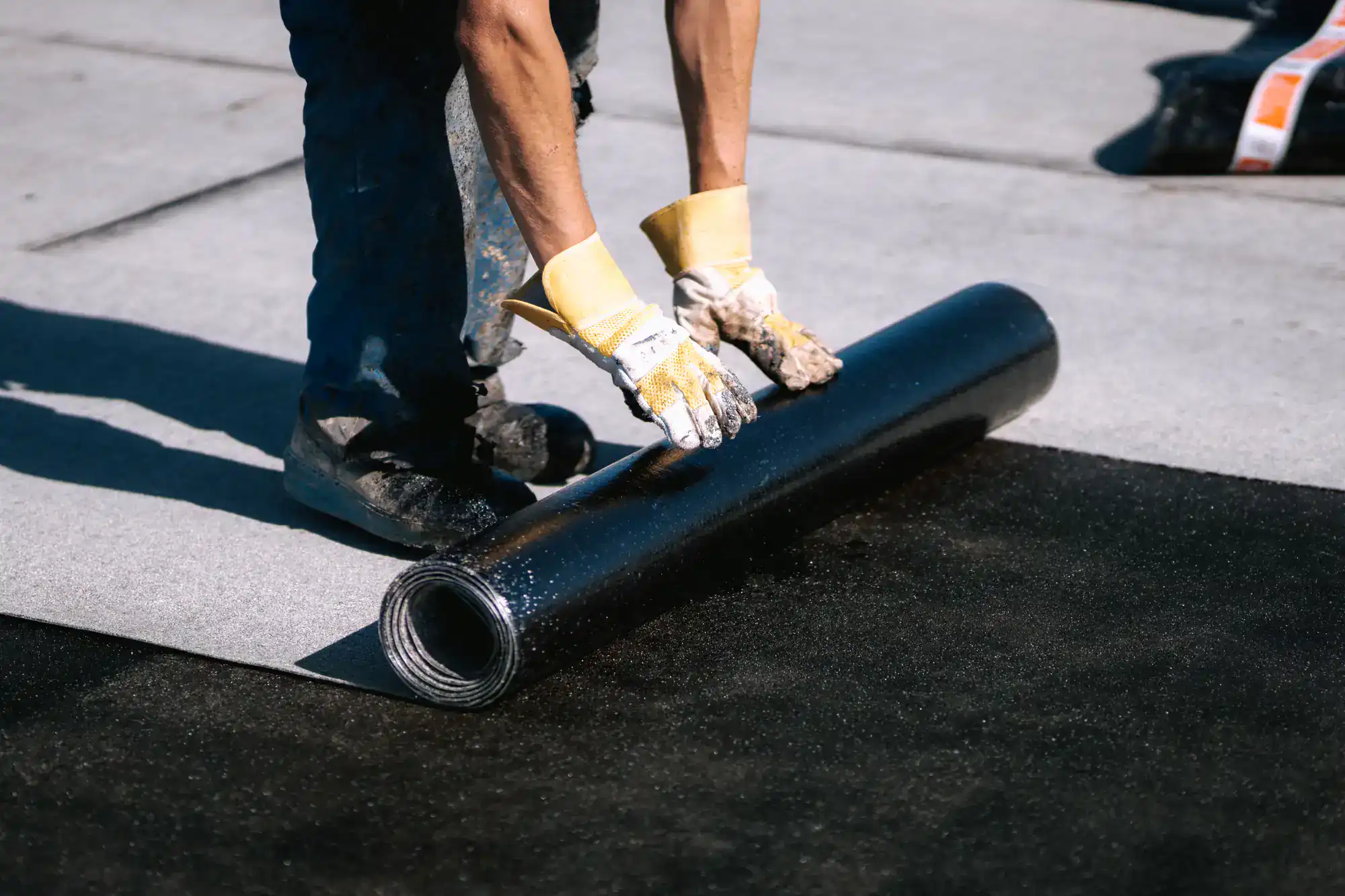
Ready to get started?
TPO roofing gives you energy efficiency and durability in one package. The white surface reflects heat, cutting your cooling costs during Long Island summers. Heat-welded seams create a completely waterproof barrier that handles ponding water better than other systems.
EPDM rubber roofing offers proven longevity at a lower upfront cost. It stays flexible in freezing weather and handles temperature extremes without cracking. Perfect for residential applications where budget matters but you still need reliable protection.
Modified bitumen provides the toughest protection available. Multiple layers create a system that can handle foot traffic, resist punctures from storm debris, and last decades with minimal maintenance. It’s the choice for commercial buildings where durability trumps everything else.
The key isn’t just picking good materials—it’s installing them correctly for Hagerman’s specific climate challenges. Proper slope for drainage, quality flashing around penetrations, and seams that won’t fail when winter ice puts stress on your roof system.
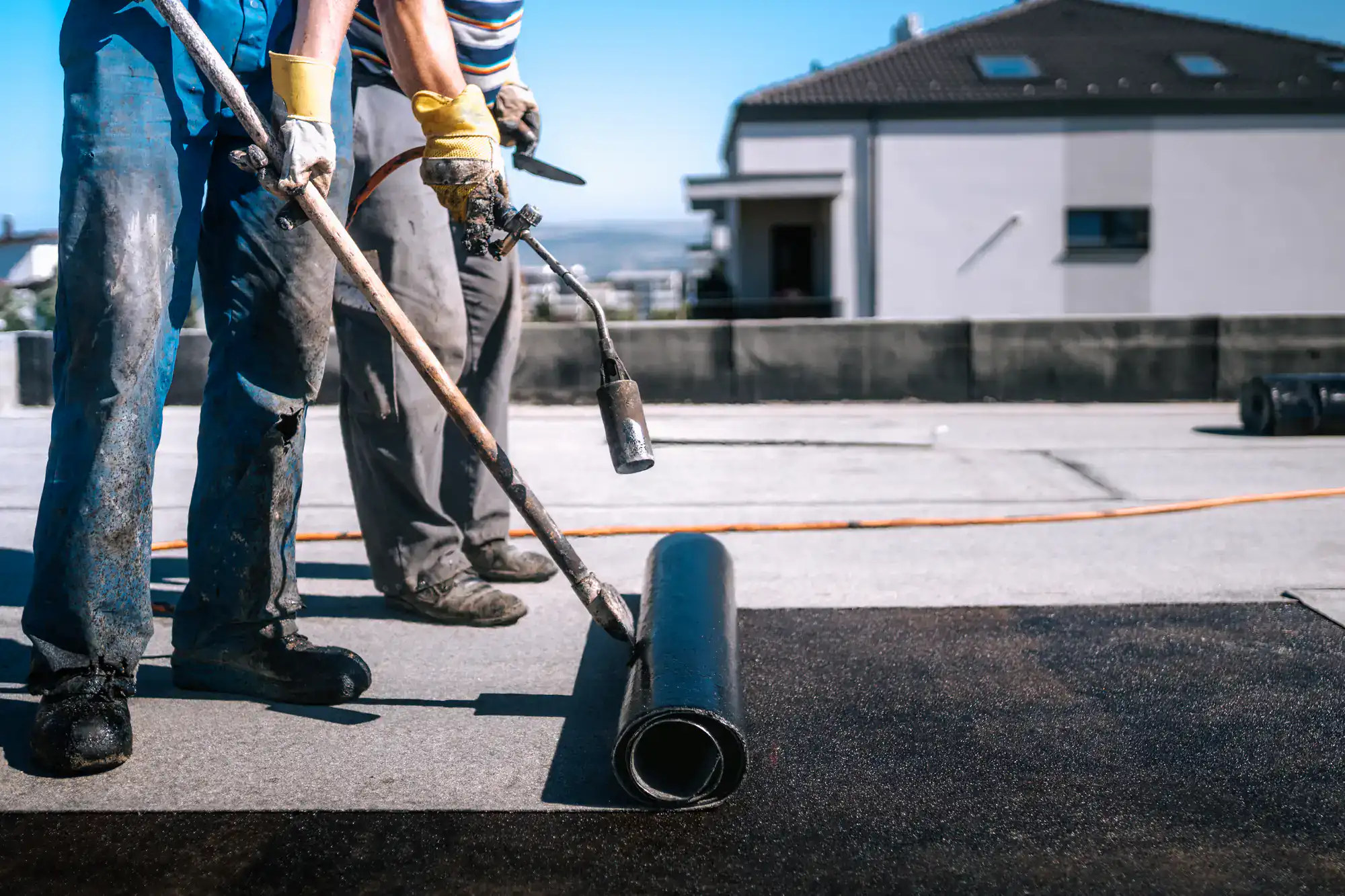
Most residential flat roof projects take 2-4 days depending on size and complexity. Commercial installations vary more based on square footage and existing conditions.
Weather plays a bigger role with flat roofing than pitched roofs. We need dry conditions for proper membrane installation and seam welding. If rain’s in the forecast, we’ll reschedule rather than compromise your roof’s integrity.
The timeline also depends on whether we’re doing a complete tear-off or installing over existing materials. Tear-offs add 1-2 days but often result in a longer-lasting installation. We’ll explain your options during the initial inspection.
TPO is a white, heat-welded membrane that reflects sunlight and reduces cooling costs. The seams are thermally welded, creating joints stronger than the membrane itself. It handles ponding water well and typically costs more upfront but saves money on energy bills.
EPDM is black rubber that’s been proven reliable for over 50 years. It’s less expensive initially and extremely flexible in temperature extremes. Seams are joined with adhesive rather than heat welding. It’s a solid choice when budget is the primary concern.
Both materials can last 20+ years with proper installation and maintenance. The choice often comes down to energy efficiency priorities, budget, and building type. We’ll recommend the best option based on your specific situation.
Proper slope is critical—even “flat” roofs need at least 1/4 inch of slope per foot toward drains. We check existing slope with laser levels and add tapered insulation where needed to create positive drainage.
Drain placement and sizing matter just as much as slope. Undersized drains or poor placement create bottlenecks during heavy rains. We calculate drain requirements based on roof area and Long Island’s rainfall patterns.
Scuppers provide secondary drainage when primary drains can’t handle volume. They’re especially important in areas prone to ice dams that can block roof drains. Regular maintenance keeps all drainage systems functioning properly year after year.
Sometimes, but it depends on the existing roof’s condition and local building codes. The substrate needs to be structurally sound, dry, and properly sloped. We can’t install over wet insulation or badly damaged decking.
Installing over existing materials saves money on tear-off and disposal costs. However, it adds weight and height to your roof system. Some buildings can’t handle the additional load without structural modifications.
We inspect the existing roof thoroughly before recommending overlay versus tear-off. Sometimes spending more upfront for complete removal results in a longer-lasting installation. You’ll get honest advice based on what’s best for your building, not what’s easiest for us.
Our labor warranty covers workmanship defects for multiple years depending on the project scope. This includes issues with seam integrity, flashing installation, and drainage problems caused by installation errors.
Material warranties come directly from manufacturers and vary by product. TPO systems often carry 15-20 year warranties, while some premium materials offer 30-year coverage. We’ll explain exactly what’s covered before you sign anything.
The key is proper installation that doesn’t void manufacturer warranties. Many flat roof failures aren’t covered because installation didn’t meet specifications. Our experience with these systems means you get both warranties honored when needed.
Yes, we respond to emergency calls 24/7 because flat roof leaks don’t wait for business hours. Storm damage, equipment failures, and sudden leaks can cause serious interior damage if not addressed quickly.
Emergency response focuses on stopping water intrusion and preventing further damage. We’ll tarp damaged areas, seal active leaks, and protect your interior until permanent repairs can be completed safely.
Permanent repairs happen once conditions allow proper installation. Emergency patches get you through the crisis, but lasting solutions require dry weather and proper materials. We’ll explain the difference and timeline for both phases of the repair process.
Other Services we provide in Hagerman